Both talent and practice, followed by strategic planning are necessary to be in the hands-down best for any field. It doesn’t matter if you want to be successful at work, in academics, or partaking in personal growth – keeping high standards for yourself and working hard towards your goals is a crucial thing. Here, we will discuss top strategies and practices that could help you dominate your technical interview (pun intended).
1. Define Your Goals and Vision
Knowing what you want fuels your ambitions and aspirations to be the best at whatever it is that you do. Aim for the standards of excellence you would like to achieve and set SMART goals (Specific, Measurable, Achievable Relevant & Time-bound goals.
This can take the form of launching a successful start-up, bringing in revenue, or gaining expert-level status within your market if you are an aspiring entrepreneur. Having a clear vision will keep you on track and motivated, which will help direct your actions and decisions as each accomplishment leads to another.
2. Develop Expertise and Skill
What tends to become excellence is generated on top of a background regardless of expertise and skill. You will be the number one in your field, for instance in basketball collecting Basketball trophies, making time and effort to grow up as a pro. It may include going back to school or getting certifications, and perpetual learning.
Keep up with the prevailing trends and innovations within your field, looking for professional growth opportunities as well. Regular practice to hone your skills will make you a better pro at what you do and stand out as one of the best in your role.
3. Embrace a Growth Mindset
The beginning to excellence overcome obstacles and see them as learning tools for growth. A mindset of effort, resilience, and adaptability is what will help you hurdle whatever comes your way the best. You can improve speaking by working on your personal development and professional growth. By being the best, you already completed your goals but you must also stay within your limit.
4. Build a Strong Network
For the most part, achievement is due to networking. Start surrounding yourself with people who inspire and push you. Spend time in networks of mentors, peers, and industry leaders who can offer help, support you be a treasure chest of knowledge.
Networking also flourishes your opportunities and provides you with the appropriate collaborations to help you move a step closer to what your aims are. Go to industry conferences, become members of professional organizations, and put yourself out there in the right communities.
5. Foster Continuous Improvement
Excellence is a way of traveling and out not the destination. Be the best version of yourself to stay ahead. Spend time making sure you are still performing well, getting feedback, and learning how to do better.
Integrating techniques to hone your skills and keeping receptive to new ideas, and methods will allow you to be resilient in a constantly shifting business environment as well as ensure that there are always opportunities out for the taking. By continuing the development of a culture that supports growth and innovation, you set your company up to be industry-leading well into the future.

Via Pexels
6, Lead by Example and Motivate Others
Part of being the best of the best is also helping to inspire and lead others. Inspire and show everyone around you by sharing your learnings, experiences & wins so that they too can stand on their battlefield!
You have the power to positively affect those near you by leading with your actions and showing well in everything that you do. If you are a leader, mentor, or role model in some capacity — your leadership and example can help others be successful which only further solidifies the notion you might be on top.
7. Cultural And Personal Development of the Community
Go beyond your professional achievements and achieve excellence in your personal life as well as community participation. Involvement in the community, volunteering, and supporting causes that matter to you can bring greater satisfaction overall as well as help build your image.
Lastly, managing your work-life balance and spending time with personal growth tools could benefit both your performance and health. Doing things that make YOUR life better and also the bigger contribute to round out a picture of excellence in totality.
In conclusion, the process of achieving extraordinary and setting down the best requires a structured approach, an initiation to prepare for excellence, investing knowledge in learning skills & continuous improvement. Articulating your vision, staying open to growing, and tracking against a high bar can all help you achieve excellence in the context of your work. If you work hard, have perseverance, and dedicate yourself with practice, great things will happen in your life — greatness that can positively influence others for generations.


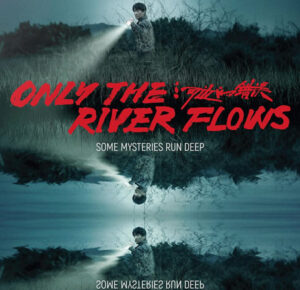




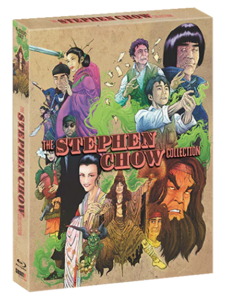
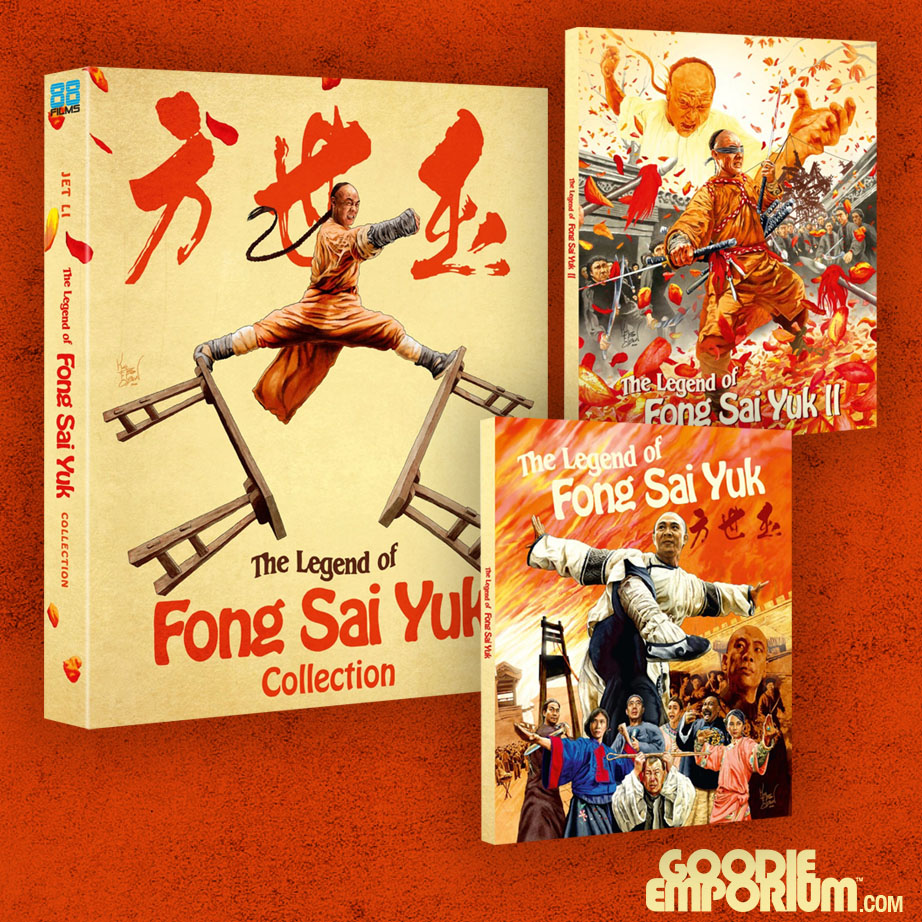

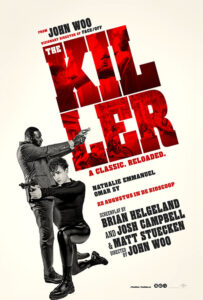


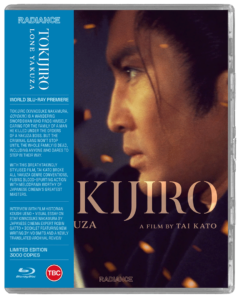


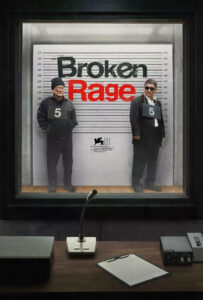

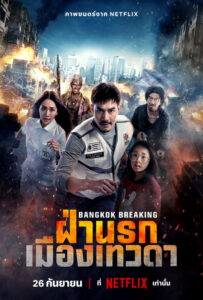



15 Comments